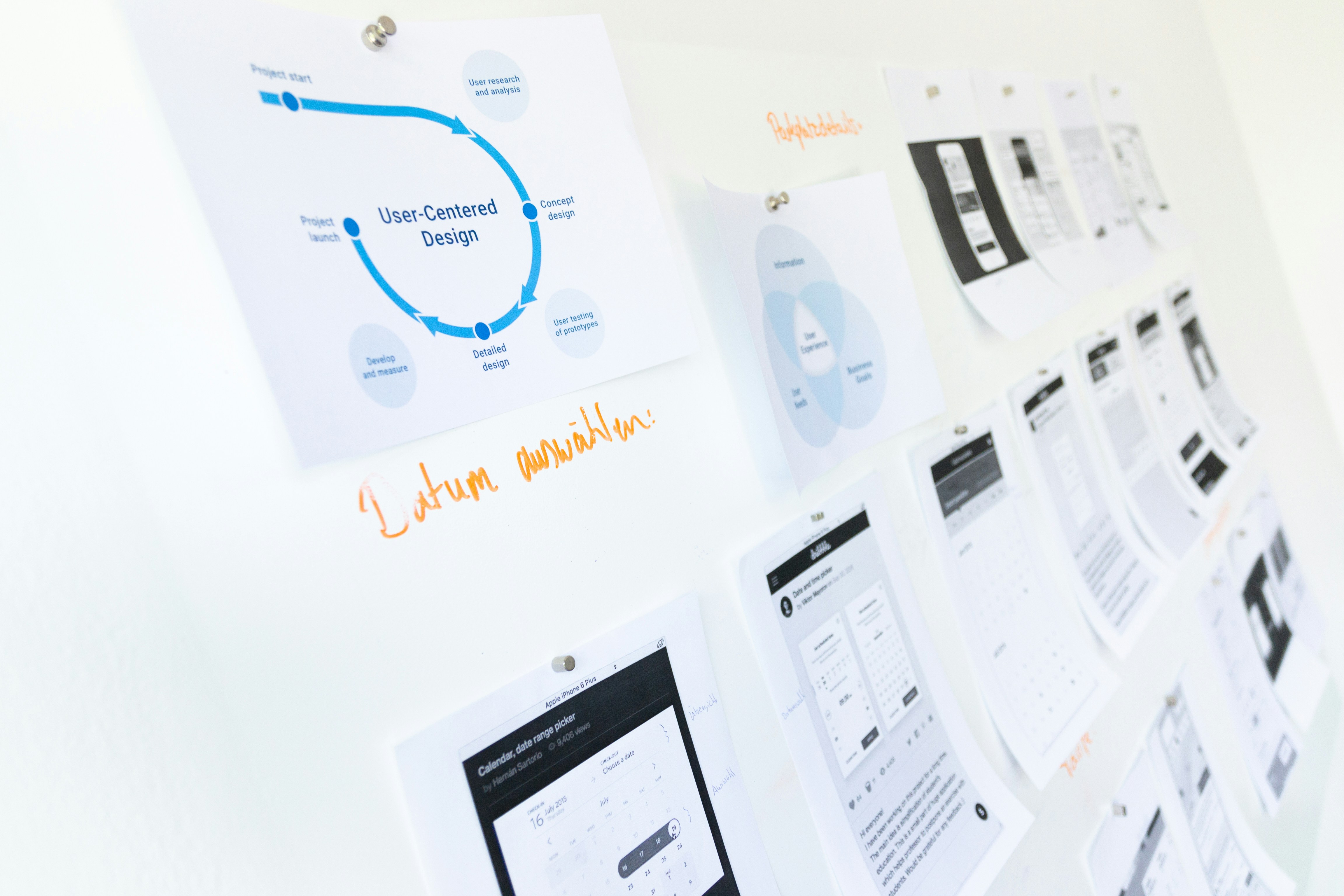
Back to Insights
Sketch to Screen: The Evolution of Digital Design Tools
Jul 17, 2024
ILLUSTRATION
In the dynamic world of digital design, the tools and technologies used by designers have undergone a remarkable evolution, transforming the way ideas are conceived, prototyped, and brought to life. From humble beginnings to sophisticated software suites, let's explore the journey of digital design tools, their impact on the creative process, and what the future holds for designers worldwide.
The Early Days: From Sketching by Hand to Digital Drafting
Before the advent of digital design tools, designers relied heavily on manual sketching and drafting techniques. Pencil and paper were the primary mediums for brainstorming ideas, iterating on concepts, and communicating design intentions. These early sketches served as the foundation for translating creative visions into tangible forms.
The Emergence of Computer-Aided Design (CAD)
The introduction of computer-aided design (CAD) software revolutionized the design industry by enabling designers to create precise, technical drawings with greater efficiency and accuracy. CAD tools allowed for the manipulation of geometric shapes, measurements, and scale, laying the groundwork for more complex design projects in architecture, engineering, and industrial design.

Graphic Design and Desktop Publishing
In the realm of graphic design and desktop publishing, software like Adobe Photoshop and Adobe Illustrator emerged as essential tools for creating digital artwork, manipulating images, and crafting intricate illustrations. These programs provided designers with unprecedented control over color, typography, and layout, paving the way for creative expression in print media, advertising, and digital graphics.
The Rise of User Interface (UI) and User Experience (UX) Design Tools
With the proliferation of the internet and the shift towards digital interfaces, specialized tools for UI and UX design began to emerge. Software such as Sketch, Adobe XD, and Figma revolutionized how designers prototype and iterate on digital interfaces, offering features like artboards, responsive design capabilities, and real-time collaboration.
Conclusion: Embracing Innovation in Digital Design Tools
The evolution of digital design tools—from traditional sketching to sophisticated software suites—has transformed how designers conceptualize ideas, collaborate with teams, and deliver compelling user experiences. As technology continues to advance, embracing innovation and adapting to new tools and methodologies will be essential for staying ahead in the competitive landscape of digital design. By harnessing the power of these tools, designers can unleash their creativity, solve complex problems, and shape the future of design in a rapidly changing world.

